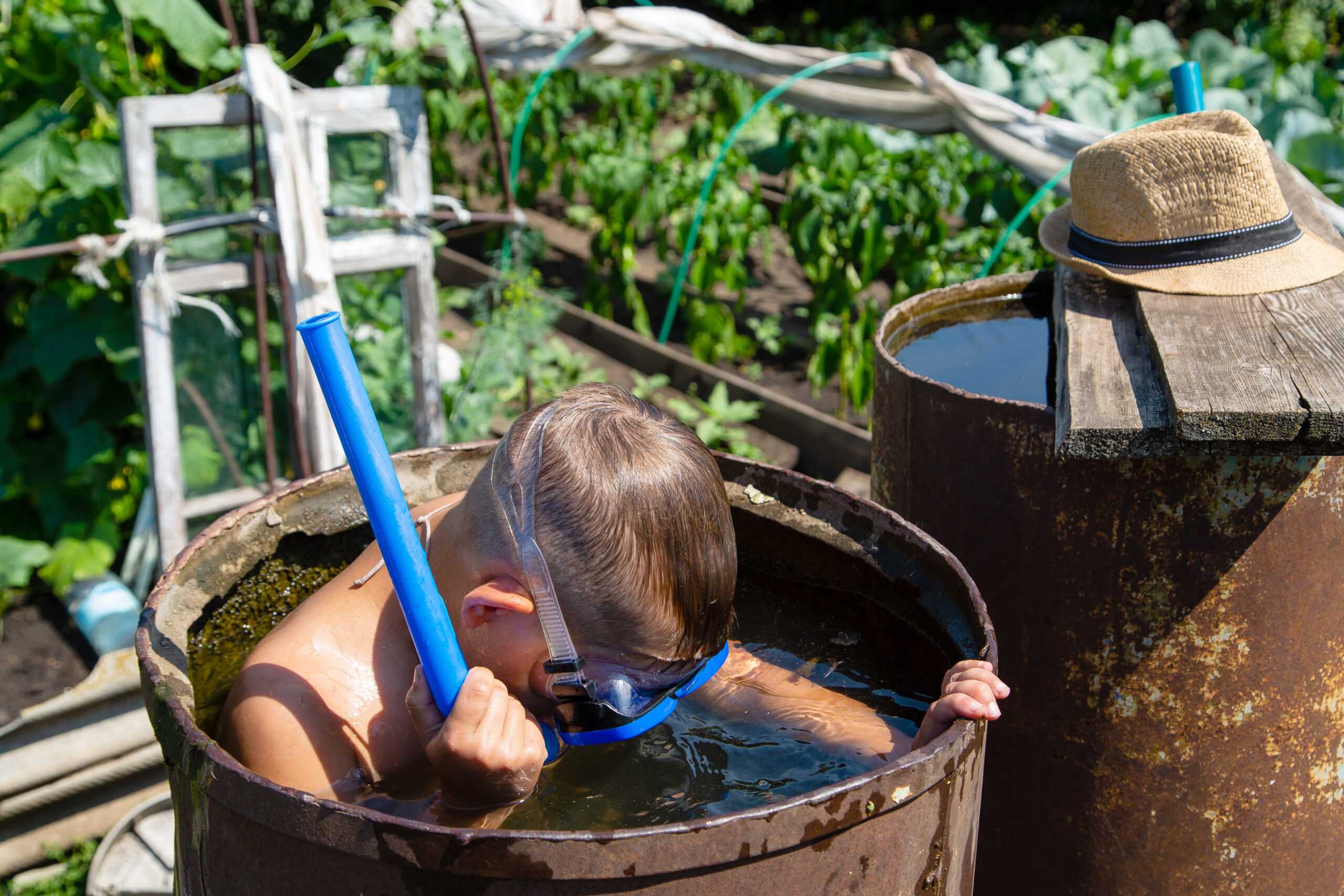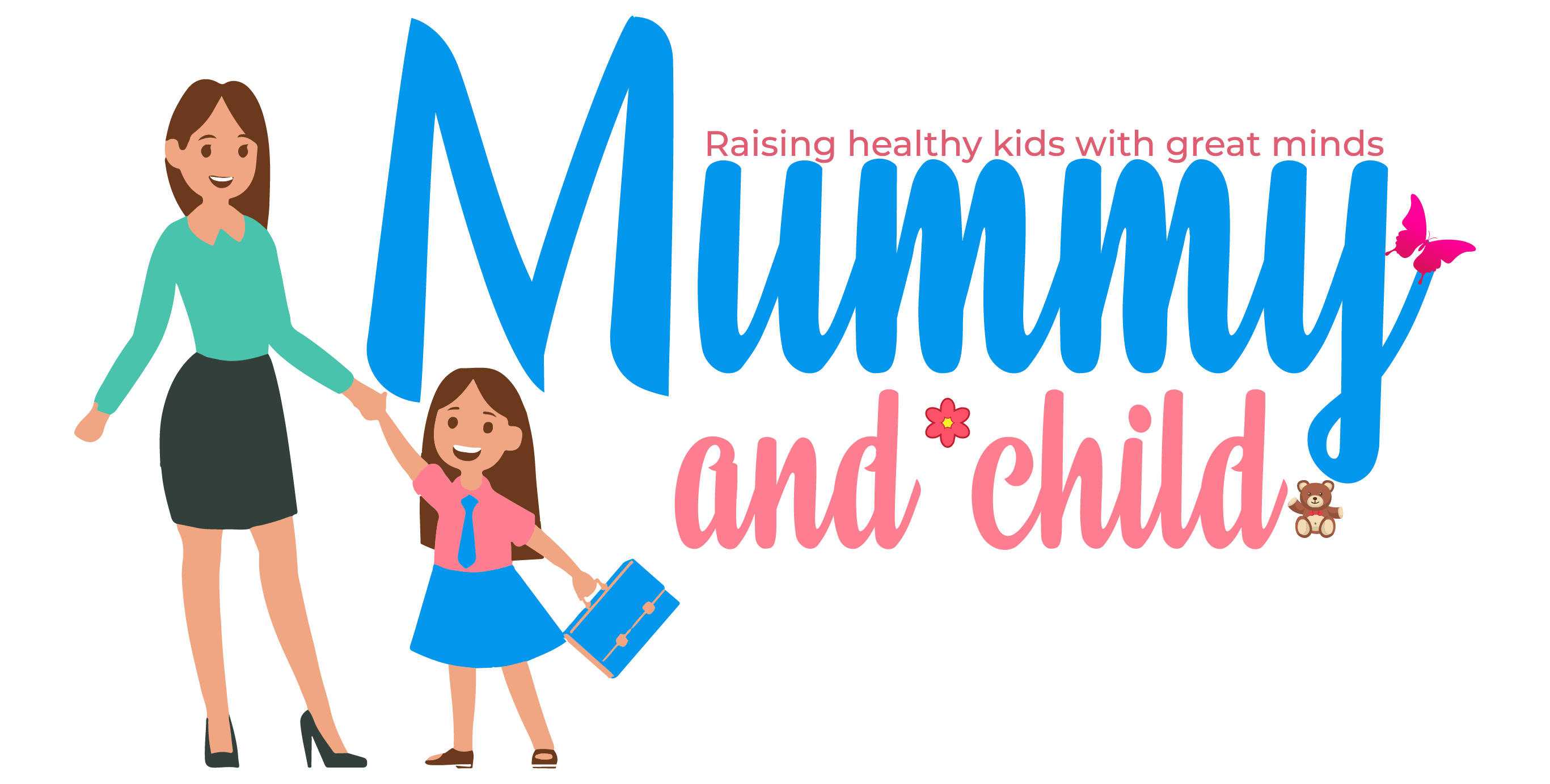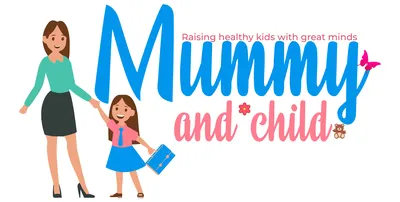Even if the Earth is covered in 70% of water, only less than 3% is fresh water. Most of that is even inaccessible to humans since they’re locked up in polar ice caps or buried too deep underneath the Earth’s surface. Worse, accessible water has become highly polluted.
Only less than 1% is available for use by the billions of Earth’s inhabitants. To say that every drop of water is precious is an understatement. Every person today, including kids, should do what they can to conserve water. This can begin by teaching kids about rainwater harvesting.
What Is Rainwater Harvesting?
Rainwater harvesting is a sustainable and environment-friendly practice that involves collecting and storing rainwater for later use. It reduces dependence on public water supply, conserves natural resources, and reduces the risk of flooding.
Rainwater harvesting involves collecting and storing rainwater that falls on rooftops, driveways, and other surfaces. In households, rainwater is usually stored in rain barrels and cisterns. Browse online to know more about what’s suitable to your area and preferences.
Teaching kids about rainwater harvesting can instill in them a sense of environmental responsibility and encourage them to adopt sustainable practices in their daily lives. This article will guide you in teaching kids about rainwater harvesting and the importance of water conservation. Let’s begin.
Explain The Importance Of Water Conservation
Kids must first understand the value of rainwater harvesting so they can take ownership of the task. Knowing the importance of water conservation will give them a sense of accountability, and they will most likely follow through till the end.
Teach kids that water conservation is the efficient and responsible use of water. Water is essential, for it plays a crucial role in many parts of their daily routine, such as drinking, cooking, bathing, and growing food. However, water is a limited resource, and it’s essential to use it wisely to ensure there’s enough for everyone. Here are some key points to teach kids:
- Water is a finite resource. By conserving water, we can also ensure there is enough for everyone now and in the future.
- Water is a vital part of the Earth’s ecosystem, and overuse or mismanagement of water can negatively impact the environment. By conserving water, we can help to protect rivers, lakes, and other bodies of water, as well as the plants and animals that depend on them.
- Water conservation can help reduce water bills and the demand for water treatment and distribution systems, which can reduce the cost of water for everyone.
- Water conservation can also help mitigate the impacts of climate change. Water treatment and distribution systems require energy. Using less water can reduce the energy needed to transport and treat it, which can help reduce greenhouse gas emissions.

Show Them How Rainwater Harvesting Works
Explain to kids how rainwater is collected and stored. You can show them pictures or diagrams of rain barrels, cisterns, or other storage systems, and then explain how they work. You can also take a field trip to see a rainwater harvesting system in action or visit a local water-treatment plant to learn more about how water is collected and treated.
Get Them Involved In The Process
Encourage kids to help set up a rainwater harvesting system at home or school. This can be as simple as setting up a rain barrel to collect water from the roof or as complex as installing a cistern or other storage system. Kids can help to measure and mark the area where the tank will be installed, assist with digging or laying pipes, and help to fill and maintain the storage system.
Show Them The Treatment Process
Without additional treatment, rainwater is generally not safe for consumption. Tell the kids that rainwater can mix with air and surface contaminants, especially during the first several minutes of precipitation. So stress the importance of rainwater treatment before consumption. You can either filtrate, boil, or disinfect it to make it safe enough for use.
Teach Them How To Use Rainwater
Once you have a rainwater harvesting system in place, teach kids how to use the collected water. Explain to them that rainwater can be used for various purposes, such as watering plants, flushing toilets, or washing clothes or dishes. You can also teach them the benefits of using rainwater, such as how it’s naturally pH-neutral and does not contain chlorine or other chemicals.
Encourage Them To Spread The Word
Encourage kids to share their knowledge about rainwater harvesting with their friends and family. You can help them create presentations or posters to educate others about the importance of water conservation and the benefits of rainwater harvesting. You can also encourage them to get involved in community events or projects related to water conservation, such as beach cleanups or water conservation campaigns.
Conclusion
Rainwater harvesting is a simple and effective way to conserve water and protect the environment. Teaching kids about rainwater harvesting will not only educate them about the importance of water conservation, but it can also be a fun way to get them involved in protecting the environment.
As kids, they can make a difference by learning about and promoting sustainable practices like rainwater harvesting. Children are generally receptive and quick learners, so this practice can eventually become a good habit not only in the context of water conservation but also in developing an overall positive mind-set toward learning and self-efficacy. More importantly, they will find it easy to impart this knowledge to posterity when they grow up.



Comments are closed.